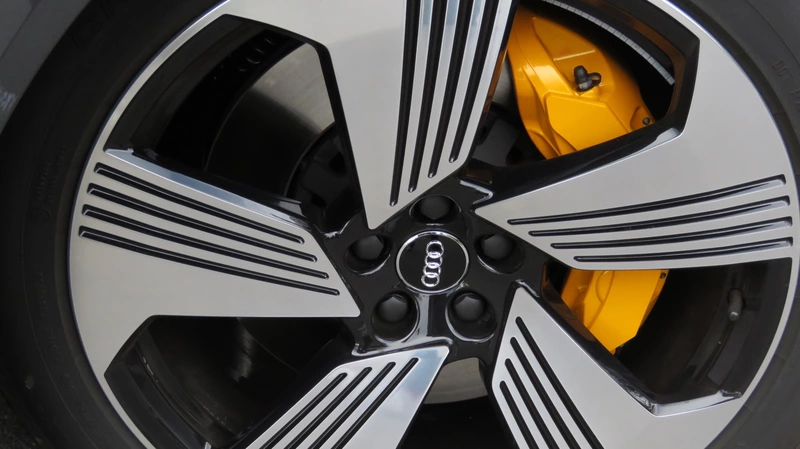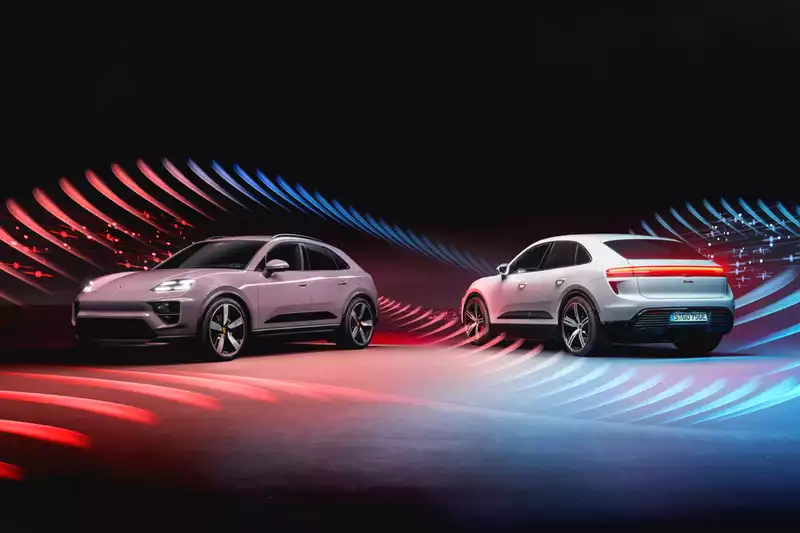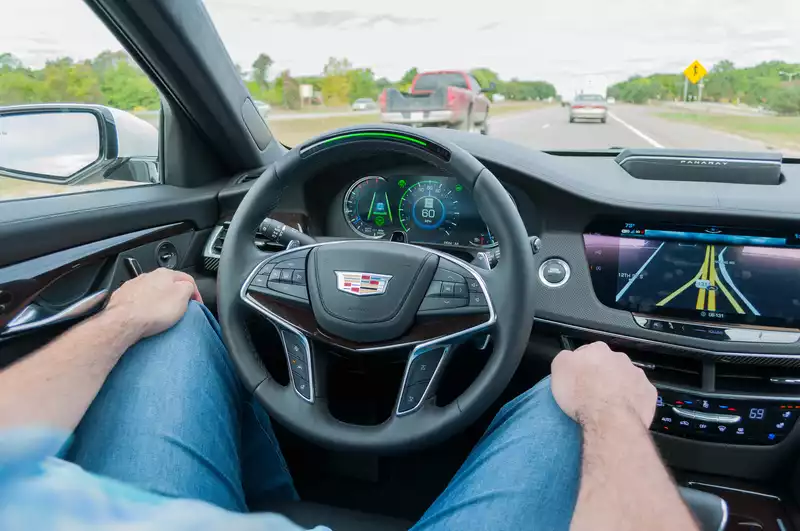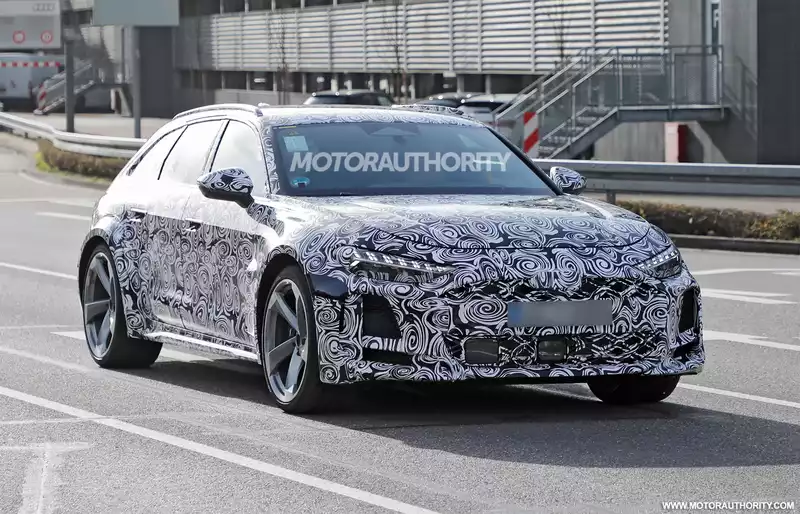What is brake-by-wire?

Some automakers are using brake-by-wire systems in their latest vehicles, and Jason Fenske of Engineering Explained explains in detail how these systems work.
Brake-by-wire systems insert electronics into the mechanism. In a vehicle equipped with brake-by-wire, when the brake pedal is depressed, a signal is sent to the brake control unit, which activates the brakes. The computer determines how much braking the driver wants based on the position and force of the pedal. An electric pump then pushes hydraulic fluid through the brake lines, similar to a conventional brake system.
While it may not seem like a good idea to disconnect the pedal directly from the brake, these systems have redundancies. For example, Audi's system includes a backup path for the pedal force to act directly on the brakes.
This technology has several advantages. Since the pedal is not directly connected to the braking system, pedal feel is artificially generated. This means that engineers have complete control over tuning the pedal feel, Fenske points out.
In hybrid and electric vehicles that use both regenerative and friction braking (like the Audi E-tron Sportback that Fenske used in this video), brake-by-wire provides more flexibility in how the two braking methods are deployed. In all cars, Fenske says, brake-by-wire increases control of the vehicle and helps the effectiveness of driver assistance systems.
By-wire control also gives designers flexibility when combined with battery electric or hydrogen fuel cell powertrains. Future cars could be designed simply by placing a new body on top of a typical "skateboard" chassis. This idea, first proposed by General Motors in the early 2000s with its Autonomy and Highwire concepts, is now being commercialized by Canoo, a startup company that has designed a complete chassis that can run without a body
.




